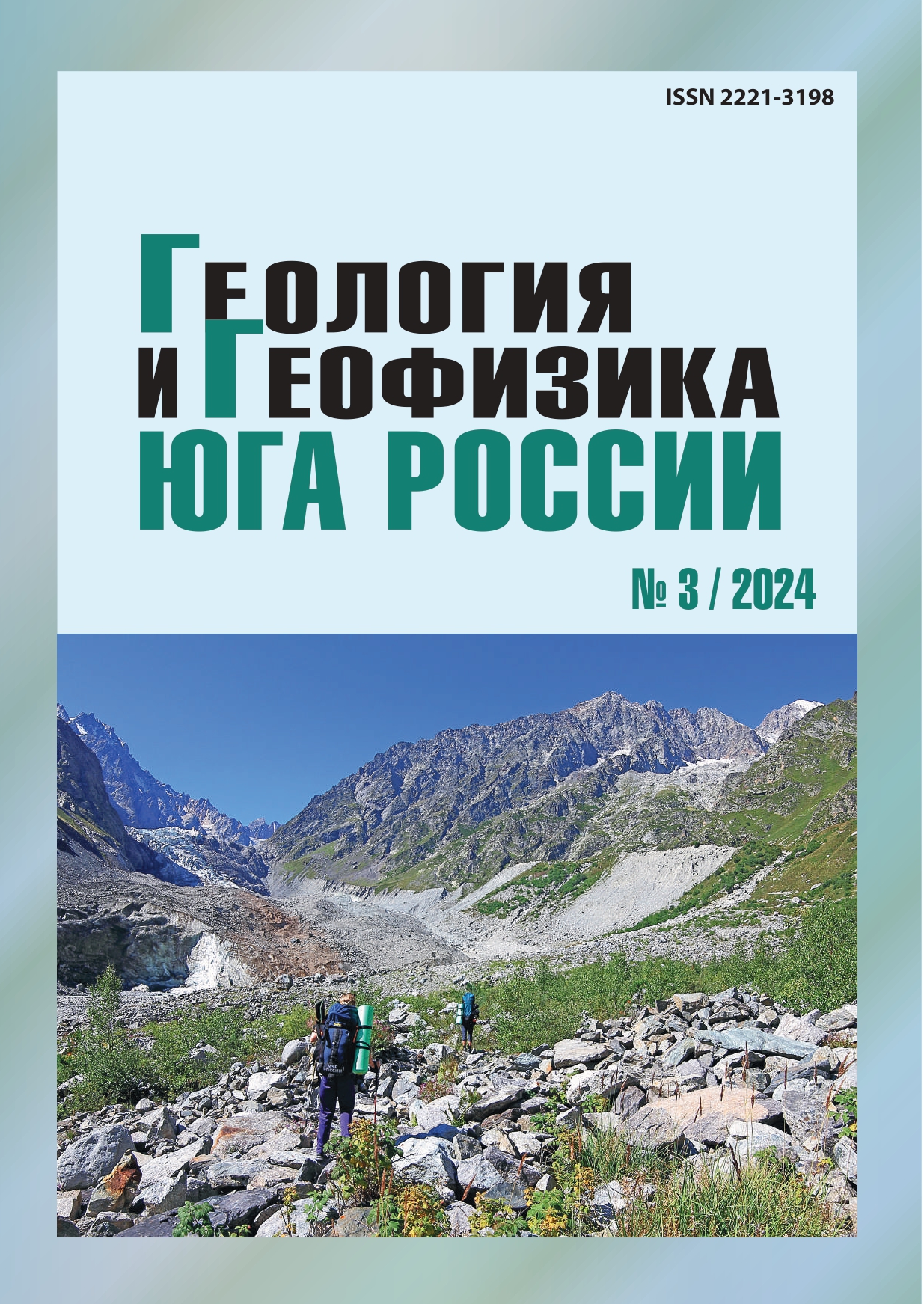Regional shifts and related dislocations in the sedimentary cover of the Scythian-Turanian plate
Abstract
Relevance. Folded thrust dislocations formed under the influence of lateral compression forces are quite widely represented in the sedimentary cover of the Scythian-Turanian plate. Horizontal tectonic movements are usually accompanied by lateral movement of individual blocks of the Earth’s crust separated by shifts. Unlike thrust dislocations, information on the presence of shifts for the Scythian-Turanian platform is extremely limited. The information provided in this paper on this problem allows us to take a fresh look at the geodynamic situation of the formation of platform territories, and can also contribute to solving some petroleum problems, since accumulations of oil and gas are often concentrated in areas of regional shifts. Aim. The study of the fault tectonics of the west of the Turanian plate, near-shear folded and discontinuous faults in the sedimentary cover in order to determine their morphology and conditions of formation. Research methods. A comprehensive analysis of geological and geophysical research, including materials from high-precision large-scale aeromagnetic surveys, seismic exploration by reflected waves, deep drilling, and remote surveys. The interpretation of time sections was carried out in order to determine the morphology of dislocations. The materials of drilling oil exploration wells are analyzed. Structural constructions were carried out using seismic and drilling data. The correlation of well sections was made. In order to restore the history of the development of the territory as a whole and the folddiscontinuous dislocations complicating it, paleotectonic constructions were made. The methods of structural analysis are applied. Results. Based on the analysis of large-scale (1:50,000) high-precision aeromagnetic survey materials, a map of the fault tectonics of the west of the Turan plate has been compiled. The shear nature of the regional faults of the northeastern strike has been established, the amplitude of horizontal mixing along which reaches tens of kilometers. Many of the shifts were active during the formation of the sedimentary cover of the platform, as a result of which characteristic shear deformations containing accumulations of oil and gas were formed. The results obtained indicate the important role of horizontal tectonic movements not only in the formation of the structure of the folded base of the platform, but also the cover that breaks it. The obtained results can be used in studying the geological structure of other less studied areas of the young platform, as well as contribute to the selection of a rational methodology for geological exploration of oil and gas.


